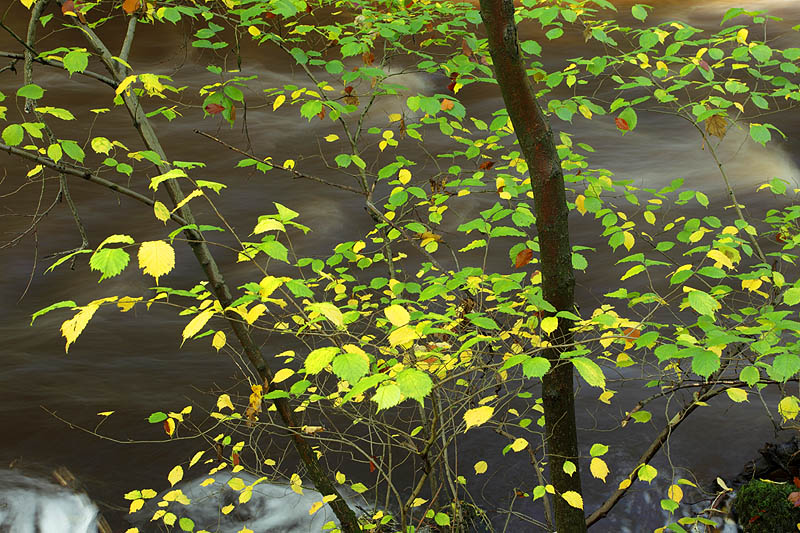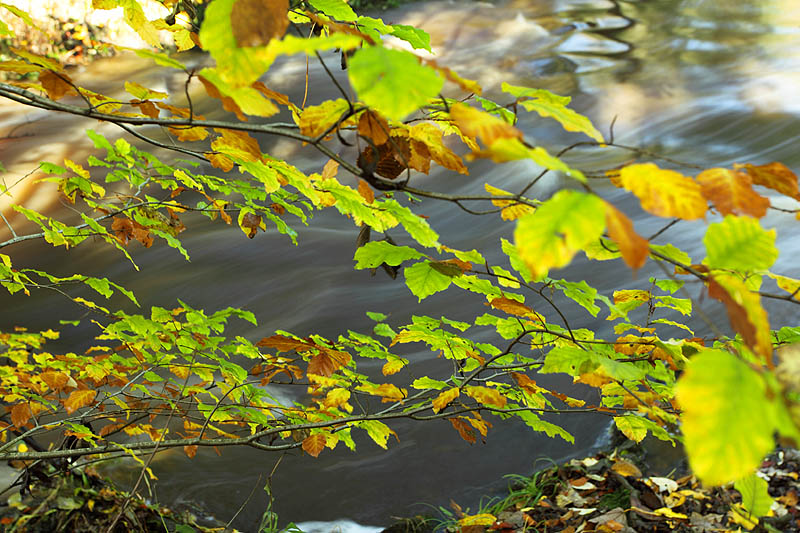In June 2018 I spent seven nights in Iceland in the enjoyable company of three clients – Shelley, Nigel and Craig. Iceland’s weather is very changeable and you never quite know what to expect. Upon arriving we were treated to glorious conditions with clear blue skies and thin cloud providing beautiful light. Our first part of the tour concentrated on Red throated Divers. This special breeding site on the south of the island really is a remarkable place for bird photography. I’ve been here three times previously and captured stunning images of the divers, but you never get bored of these birds… and there’s always something new to photograph. Over three sessions we managed some quality images – often in near perfect light. At 10.00pm we were still shooting, such are the long days of Iceland’s summer. The light at this time is wonderful – just perfect for bird photography.



Watch my YouTube video of the Red throated Divers
I set myself the challenge of Red throated Divers in flight and concentrated my efforts on one pond. Many divers would fly over, eliciting responses from below with their constant wailing calls. During two evening sessions the sky was almost completely clear, giving perfect backdrops for divers in flight. A few days before the trip my 500mm lens had suddenly failed, so I was making do with the Canon 400mm f5.6. Whilst not as fast, it certainly makes hand-holding easier – and with good light, it’s actually pretty good for flight photography. Around the pools we also photographed a range of birds including Snipe, Red necked Phalarope and Whooper Swan.






Our next leg of the trip included a long drive East, stopping at Vik. The weather was pretty wet here with murky low mist but I was determined to get some images of the beach. Despite the wind and rain (not unusual in Iceland!) I attached my Canon 50mm 1.8 lens and did the best I could hand-held. In these types of conditions I find hand-holding a good option as you can quickly put the camera away should it become too wet. The rain eased off slightly and I went for some shallow depth of field images using the church in the background. Again, hand-held. Despite the dank conditions, Redwings regularly flitted around the lupins occasionally perching on the fence posts.

We stopped again briefly, on our return journey and in (slightly) drier conditions I captured photos of the rock stacks – again using shallow depth of field with the flowering lupins as foreground. For this image I used my Canon 100mm f2.8 and took a number of shots varying the focus. I preferred the focus purely on the distant rock stacks.

View the 2019 Iceland Photography Tour with Explore Nature
Our last part of the tour included Jokulsarlon, the magnificent ice lagoon. It’s no overstatement to say that this is a photographer’s paradise. From landscapes to wildlife, and something in between, you could shoot here all day. The landscape constantly shifts as the tide brings in new blocks of ice -and washes them away again. Every day is different – not just in the moving icebergs but also in the varying hues of blue. We all managed some landscape photographs and I was particularly pleased to get something decent from the beach – a very strange and quite baron looking environment. Craig particularly enjoyed the landscape and the opportunities to capture more environmental images of birds.




Nigel was in his element, using his 600mm lens to capture Snow Buntings, Arctic Terns and Skuas. The Snow Buntings here are remarkable, allowing really close views. They would constantly hop around the rocks, including juveniles waiting to be fed. Even a torrential downpour didn’t stop these hardy little birds – the males even carried on singing!


Shelley was content to stay by the water’s edge photographing Eiders and Barnacle Geese as they slowly drifted by in this unique habitat. A long lens isn’t always the best option at Jokulsarlon. Switching to something smaller really allows the environment to come into frame. A 300mm or 400mm can be ideal, or even a 200mm zoom.


The Arctic Terns at Jokulsarlon provide amazing photo opportunities – from perched groups on icebergs to frantic mass diving into the glacial waters. We all spent time trying to capture a range of shots, including wider views of terns in the habitat. Skuas were constant companions too – as they mercilessly harassed the tern colony!




We spent three nights at Jokulsarlon, thoroughly enjoying our time there. We booked our last night at Keflavik, near the airport, and our final day saw the long journey back. Still, we had many opportunities along the way for even more photography, stopping for a beautiful landscape view near Skaftafell and a small waterfall by the roadside. You could literally stop round every corner in some parts of Iceland.!



Our final stop was Seljalandsfoss – one of the more popular waterfalls in this part of Iceland. With flowering buttercups below and flying Fulmars above it was a lovely end to our week’s photography. Check out the 2019 Iceland Photography Tour which I will be leading for Explore Nature. For other Nature and Wildlife Photography Tours visit my website at Nature Photography Tours You can watch the video of this 2018 Iceland Tour Here on YouTube

Hopefully this blog inspires you to take your own trip to Iceland. Whilst the country has grown rapidly in tourism, you can easily find places all to yourself without too much effort. Just get off the beaten track… and enjoy the solitude and serenity this country has to offer.

To see more of my landscape and wildlife photography view the galleries at www.paulmiguel.co.uk

You can see more photography from Shelley Knight at shelleyknightphotography.co.uk
Watch a range of Wildlife Photography Videos on my YouTube Channel
Paul












































